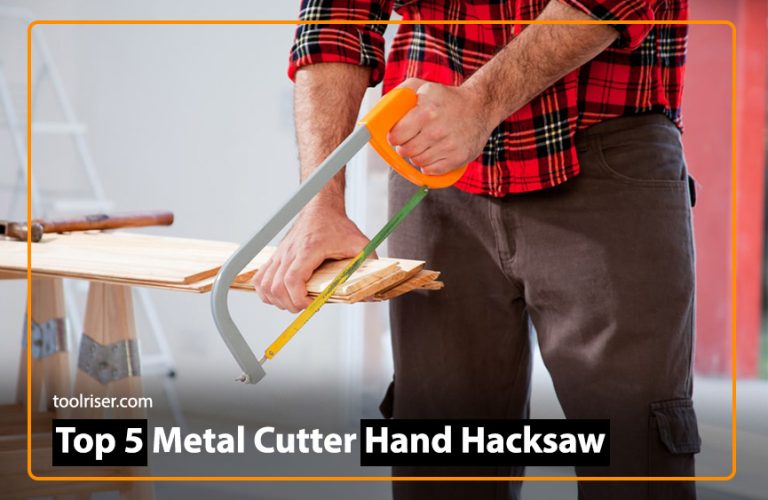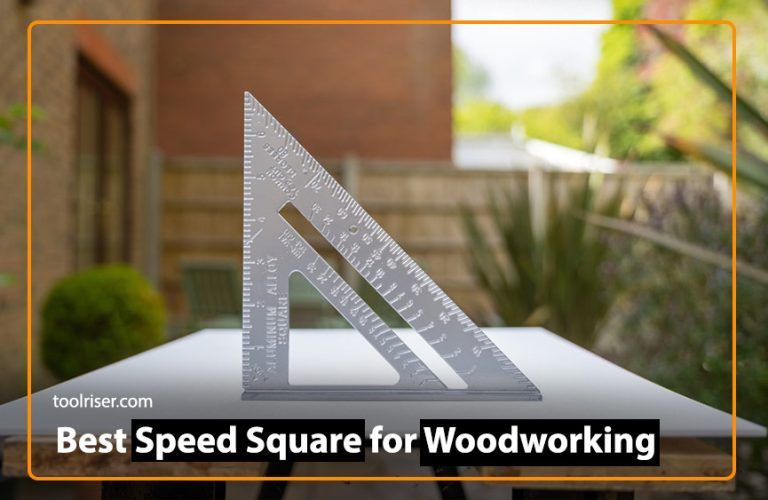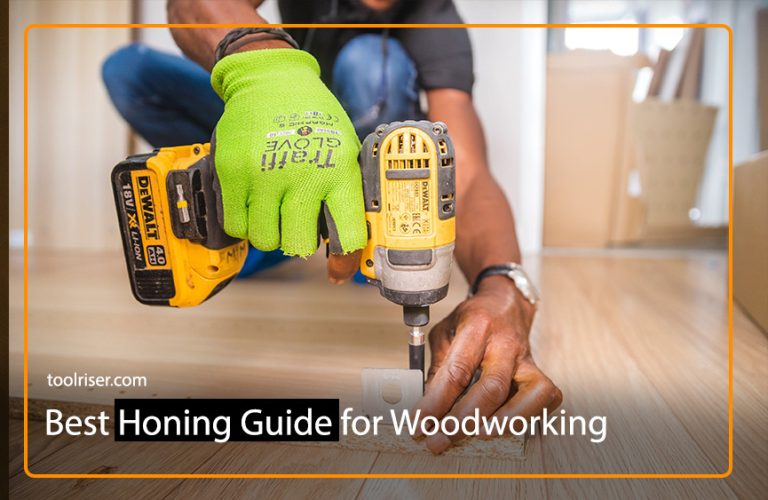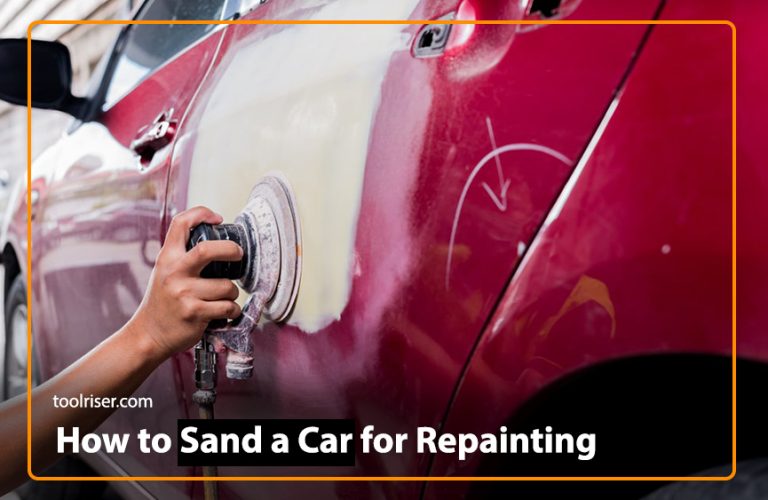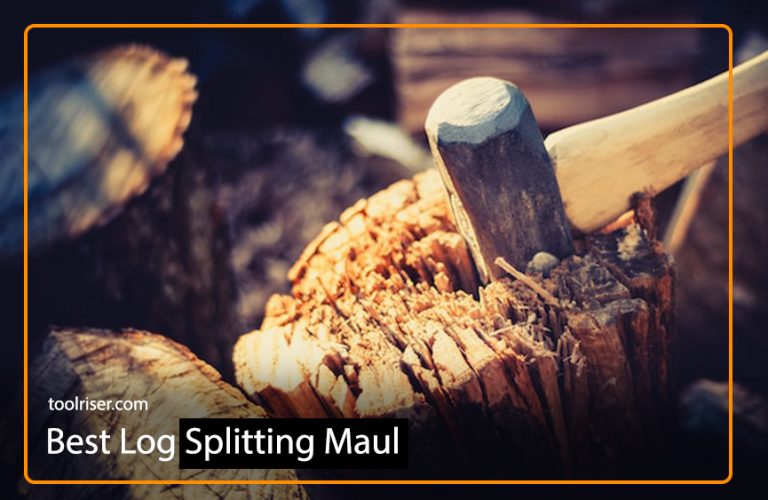Best Tips to Sand Drywall With Minimum Dust 2024
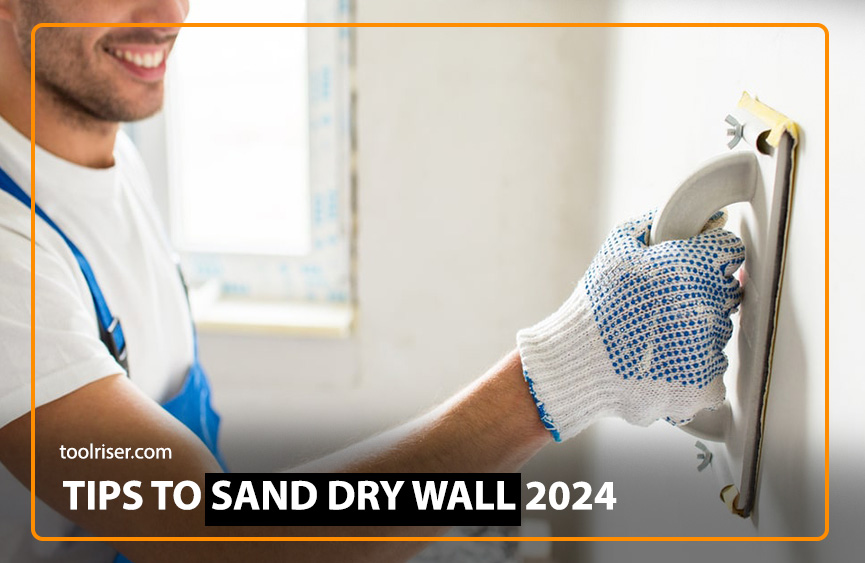
Sanding is an important step in the drywall finishing process. It involves smoothing out the surface of the drywall after it has been patched, taped, and covered with joint compound. This creates a transparent, smooth and even surface that is ready for painting. In this blog guide, we’ll explore the best tips and techniques for sanding drywall with minimal dust, ensuring a clean and professional result every time.
Tools and Materials Required
Before diving into the sanding process, it’s essential to gather the necessary tools and materials. Here’s what you’ll need:
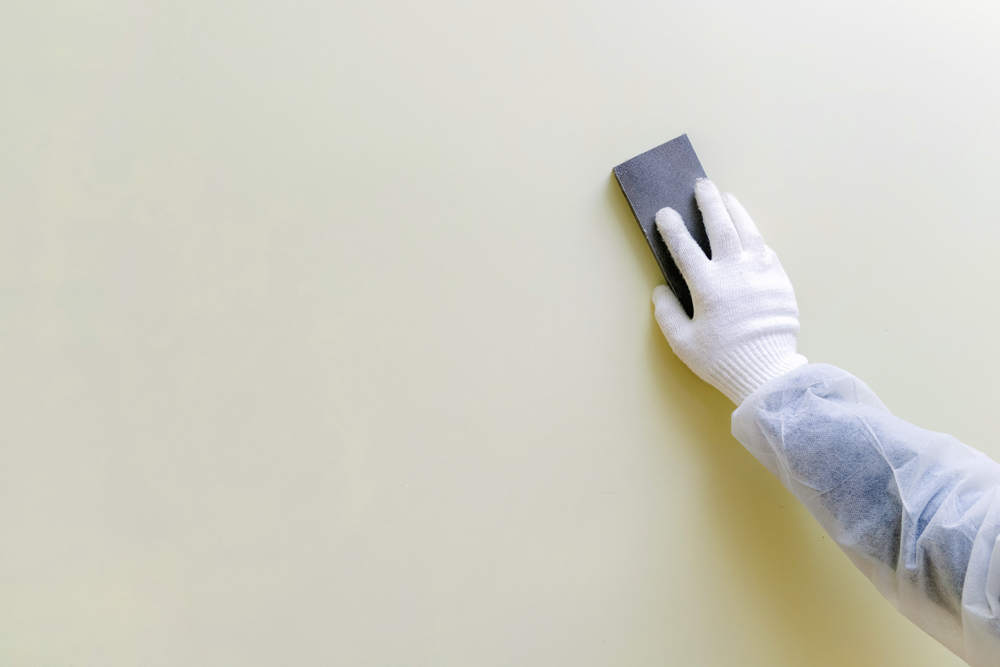
- Fine-grit sandpaper (120 to 220 grit)
- Vacuum cleaner with HEPA filter
- Drywall sanding screen or sanding mesh
- Mud Pan
- Sanding Pole
- Dust mask or respirator
- Safety goggles
- Drop cloth or plastic sheeting
- Drywall joint compound (if repairing or patching)
Now, let’s discuss the step-by-step process of sanding drywall with minimum dust
Steps to Sand DryWall
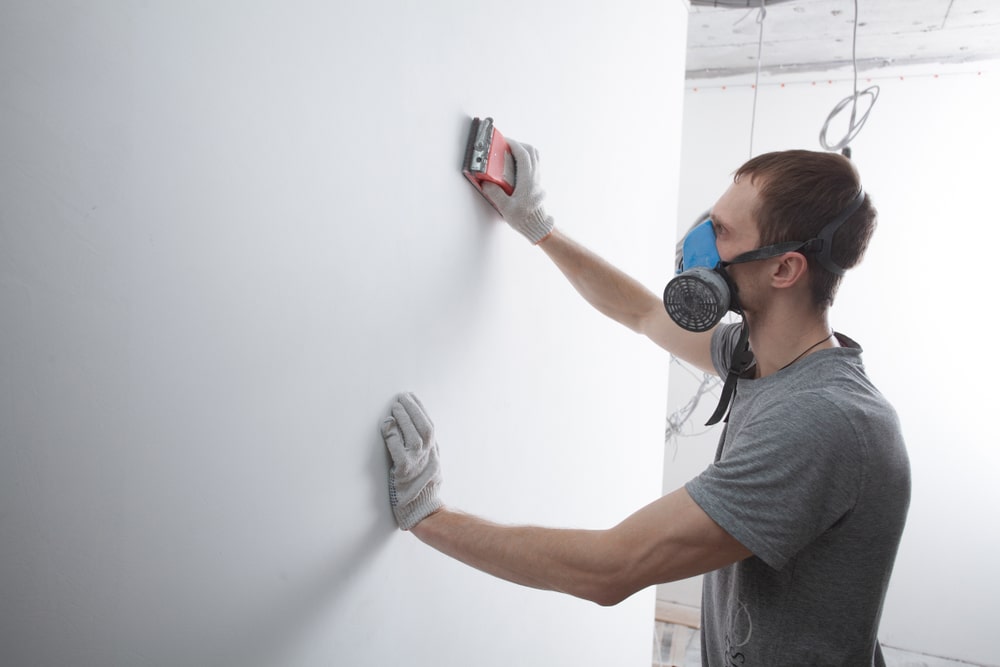
Step 1: Prepare the Workspace
Before you begin sanding, it’s needed to prepare the workspace to minimize dust dispersion. Cover floors and furniture with a drop cloth or plastic sheeting to catch any dust that falls during the sanding process. Additionally, ensure proper ventilation in the room by opening windows or using fans to create airflow.
Step 2: Choose the Right Sanding Tool
Selecting the appropriate sanding tool can make a significant difference in reducing dust. Opt for a sanding sponge, sanding block, or drywall sanding screen, as these tools are designed to minimize dust compared to traditional sandpaper. Additionally, consider using a vacuum attachment with your sanding tool to capture dust directly as you sand.
Step 3: Use Fine-Grit Sandpaper
When sanding drywall, choose fine-grit sandpaper in the range of 120 to 220 grit. Fine-grit sandpaper smooths the surface effectively while producing less dust compared to coarse-grit sandpaper. Avoid using coarse sandpaper, as it can create more dust and may leave behind visible scratches on the drywall surface.
Step 4: Sand in a Circular Motion
To minimize dust production, sand the drywall surface in a circular motion rather than back and forth. Circular sanding motions help prevent the buildup of dust in one area, resulting in a smoother finish with less dust dispersion. Additionally, apply gentle pressure while sanding to avoid damaging the drywall paper or creating excessive dust.
Step 5: Use a Vacuum with HEPA Filter
As you sand, use a vacuum cleaner equipped with a high-efficiency particulate air (HEPA) filter to capture dust immediately. Attach the vacuum hose near the sanding area to suck up dust as soon as it’s generated. This proactive approach prevents dust from spreading throughout the room and ensures a cleaner work environment.
Step 6: Wear Personal Protective Equipment (PPE)
Protect yourself from airborne dust particles by wearing a dust mask or respirator and safety goggles. A dust mask or respirator filters out harmful particles, while safety goggles shield your eyes from dust and debris. Additionally, consider wearing long sleeves and pants to minimize skin contact with dust.
Step 7: Clean Up Thoroughly
Once you’ve finished sanding, turn off the vacuum cleaner and remove your PPE carefully. Dispose of any dust collected in the vacuum’s HEPA filter and clean the filter according to the manufacturer’s instructions. Finally, remove the drop cloth or plastic sheeting and vacuum the entire workspace to ensure no dust remains.
Above are the main steps to execute proper wall sanding process. Moreiver,if you want toknow about best belting sander for table tops,click here.
FAQ’s
1. How can I prevent dust while sanding drywall?
Ans, Dust prevention starts with proper preparation, including using the right sanding tools, fine-grit sandpaper, and a vacuum with a HEPA filter.
2. What are the best tools for sanding drywall with minimum dust?
Ans. Opt for sanding sponges, sanding blocks, or drywall sanding screens, as they are designed to minimize dust compared to traditional sandpaper. Additionally, use a vacuum attachment with your sanding tool to capture dust directly as you work.
3. How do I choose the right sandpaper for sanding drywall?
Ans. Select fine-grit sandpaper in the range of 120 to 220 grit for sanding drywall. Fine-grit sandpaper smooths the surface effectively while producing less dust compared to coarse-grit sandpaper. Avoid using coarse sandpaper to minimize dust production.
4. Should I wear personal protective equipment (PPE) while sanding drywall?
Ans. Yes, it’s essential to wear PPE such as a dust mask or respirator and safety goggles to protect yourself from airborne dust particles. Additionally, consider wearing long sleeves and pants to minimize skin contact with dust.
5. How do I clean up dust after sanding drywall?
Ans. After sanding, turn off the vacuum cleaner and carefully remove your PPE. Dispose of any dust collected in the vacuum’s HEPA filter and clean the filter according to the manufacturer’s instructions.
Final Thoughts
Sanding drywall with minimum dust is achievable with the right tools, techniques, and precautions in place. By following the steps outlined in this guide and using the recommended tools and materials, you can achieve a smooth and professional finish while keeping dust levels to a minimum. Use these tips into your next drywall sanding project for cleaner results and a healthier work environment. We hope this blog will prove beneficial for you.


